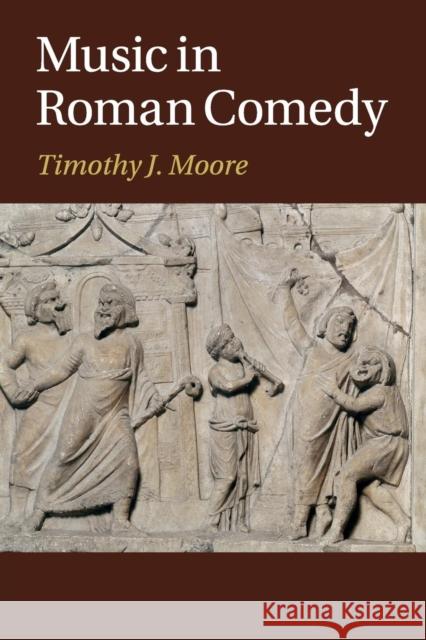Music in Roman Comedy » książka
topmenu
Music in Roman Comedy
ISBN-13: 9781107535282 / Angielski / Miękka / 2016 / 470 str.
Music in Roman Comedy
ISBN-13: 9781107535282 / Angielski / Miękka / 2016 / 470 str.
cena 207,96
(netto: 198,06 VAT: 5%)
Najniższa cena z 30 dni: 151,07
(netto: 198,06 VAT: 5%)
Najniższa cena z 30 dni: 151,07
Termin realizacji zamówienia:
ok. 22 dni roboczych
Bez gwarancji dostawy przed świętami
ok. 22 dni roboczych
Bez gwarancji dostawy przed świętami
Darmowa dostawa!
This book offers a new explanation of how the plays of Plautus and Terence worked as musical theatre.











